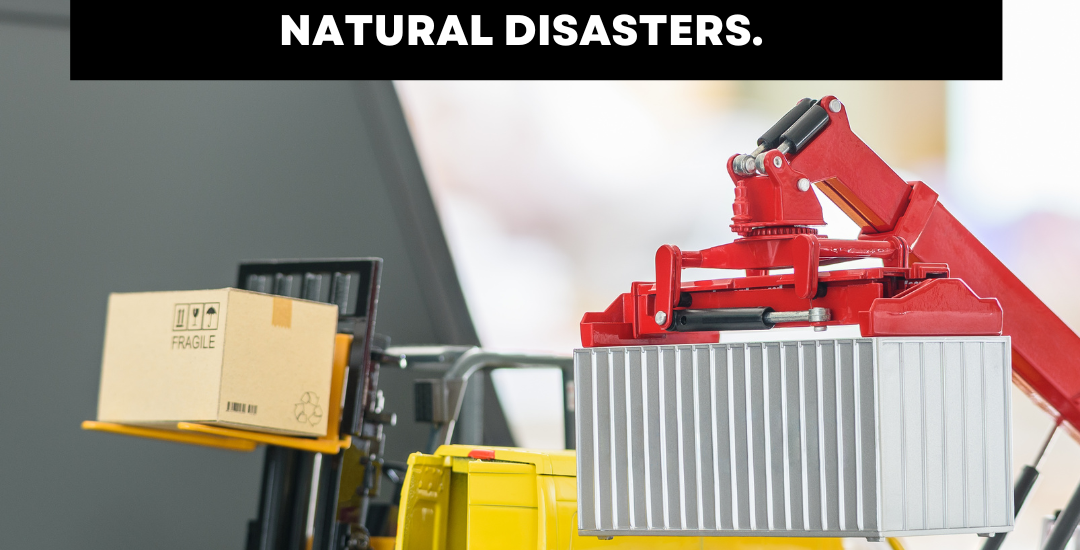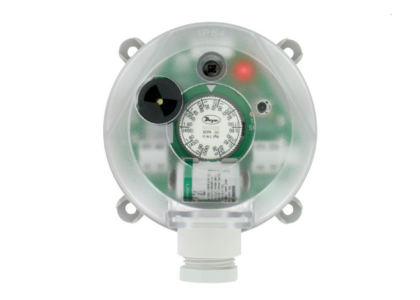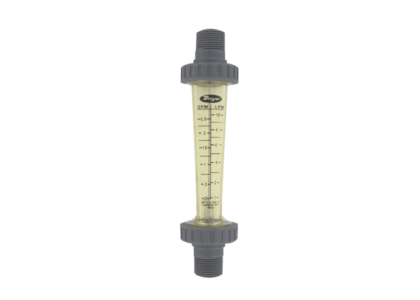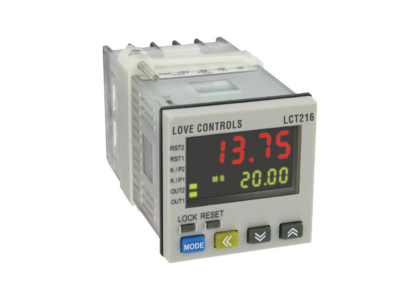Natural disasters like hurricanes, earthquakes, floods, and wildfires can strike without warning, causing chaos and disruption. For businesses, especially those reliant on a smooth supply chain, these events can be catastrophic. However, with the right strategies in place, you can minimize the impact of such disruptions. In this blog, we’ll explore a simple process to keep your supply chain running during natural disasters, using relatable examples to illustrate each step.

Understanding the Fear of Disruption
Before diving into solutions, it’s essential to acknowledge the fear that comes with potential disruptions. Imagine a small bakery that relies on timely deliveries of flour and sugar. If a hurricane hits, the roads may become impassable, and deliveries could be delayed. The bakery risks running out of supplies, which could lead to lost sales and unhappy customers. This fear is not unfounded; many businesses face similar challenges during natural disasters.
Step 1: Risk Assessment
The first step in preparing your supply chain for natural disasters is to conduct a thorough risk assessment. This involves identifying potential risks specific to your location and industry.
Example: A Local Grocery Store
Consider a grocery store located in a flood-prone area. The owner should assess the likelihood of flooding and its potential impact on deliveries. This assessment might include:
– Identifying Vulnerable Suppliers: Are your suppliers located in areas prone to flooding or wildfires?
– Evaluating Transportation Routes: What are the primary routes for deliveries, and how might they be affected by natural disasters?
By understanding these risks, you can make informed decisions about how to prepare.
Step 2: Create a Contingency Plan
Once you’ve assessed the risks, it’s time to create a contingency plan. This plan should outline specific actions to take before, during, and after a natural disaster.
Example: The Bakery’s Contingency Plan
Continuing with our bakery example, the owner might develop a plan that includes:
– Alternative Suppliers: Identify other suppliers who can provide flour and sugar if the primary supplier is affected.
– Stockpiling Essentials: Keep a small reserve of essential ingredients to ensure operations can continue for a few days after a disaster.
– Communication Protocols: Establish clear communication channels with suppliers and customers to keep everyone informed during a disruption.
Having a well-thought-out contingency plan can significantly reduce anxiety and help ensure business continuity.
Step 3: Build Strong Relationships
Strong relationships with suppliers, customers, and logistics partners can be invaluable during a crisis. When disaster strikes, having a network of reliable contacts can make all the difference.
Example: The Grocery Store’s Network
The grocery store owner might take steps to strengthen relationships with:
– Local Farmers: By sourcing produce from local farmers, the store can reduce reliance on distant suppliers who may be affected by disasters.
– Delivery Services: Establishing partnerships with multiple delivery services ensures that if one service is unavailable, another can step in.
These relationships can provide support and flexibility when you need it most.
Step 4: Invest in Technology
In today’s digital age, technology can play a crucial role in maintaining supply chain operations during natural disasters. Investing in the right tools can enhance visibility and communication.
Example: The Bakery’s Tech Tools
The bakery owner might implement:
– Inventory Management Software: This software can help track stock levels in real-time, making it easier to identify when to reorder supplies.
– Communication Platforms: Using tools like Slack or WhatsApp can facilitate quick communication with suppliers and customers during a crisis.
By leveraging technology, businesses can respond more swiftly to disruptions and keep operations running smoothly.
Step 5: Regular Training and Drills
Preparation is not a one-time effort; it requires ongoing training and practice. Regular drills can help your team understand their roles during a disaster and ensure everyone is on the same page.
Example: The Grocery Store’s Disaster Drill
The grocery store owner could organize a disaster drill where employees practice the contingency plan. This might include:
– Simulating a Supply Chain Disruption: Employees can role-play scenarios where deliveries are delayed, and they must communicate with suppliers and customers.
– Reviewing Safety Protocols: Ensuring that all employees know safety procedures in case of an emergency.
These drills can help build confidence and ensure that everyone knows how to react when a real disaster occurs.
Step 6: Review and Adapt
After any significant event, it’s essential to review your response and adapt your plans accordingly. What worked well? What could be improved? This reflection will help you build a more resilient supply chain.
Example: Post-Disaster Review
After a hurricane passes, the bakery owner should gather the team to discuss the response. They might ask questions like:
– Did our contingency plan work?
– Were our suppliers able to deliver on time?
– What challenges did we face, and how can we address them in the future?
By learning from each experience, businesses can continuously improve their disaster preparedness.




